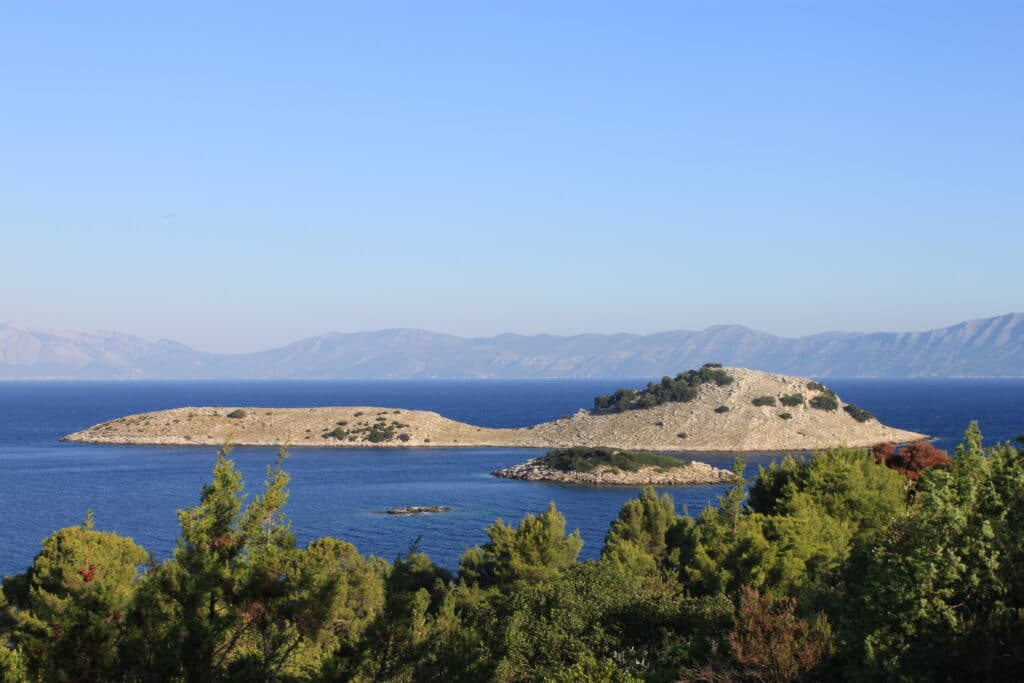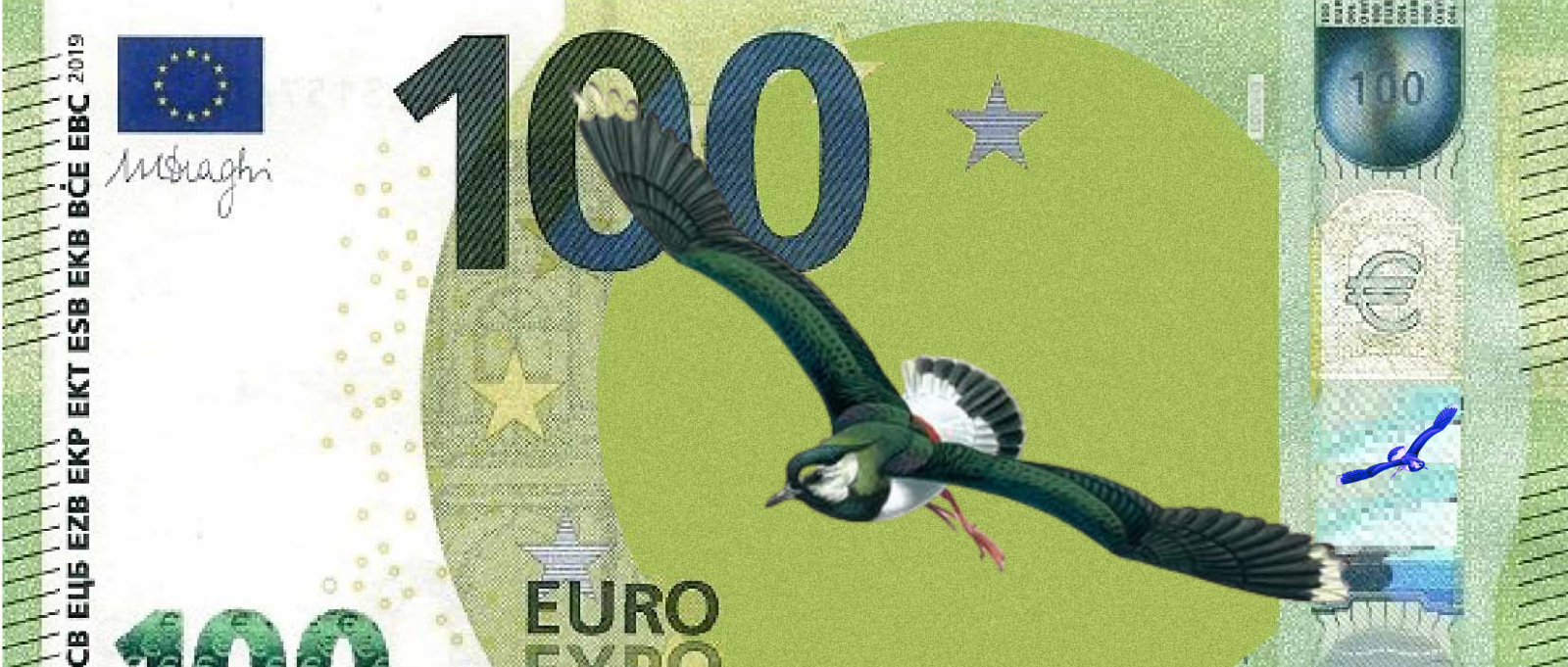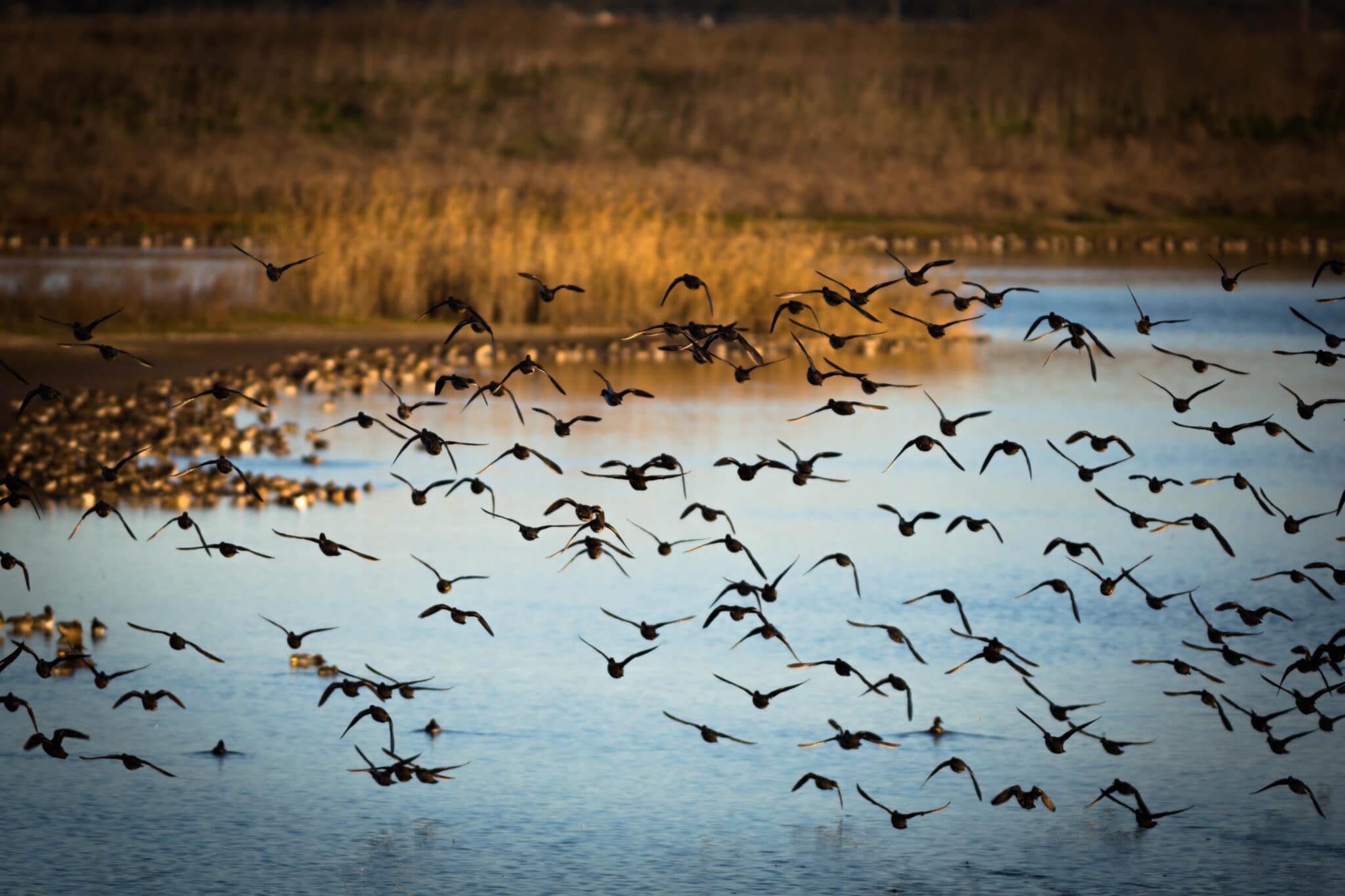How to protect and restore EU’s seas

Marine Protected Areas (MPAs) are an important tool for protecting and conserving marine ecosystems and their associated services in the long term. However, MPAs require proper management to achieve their conservation objectives.
In our new position paper, we explain how Member States should make their pledges to meet the targets of the 2030 EU Biodiversity Strategy to achieve healthy and resilient seas
Marine and coastal environments contain diverse habitats hosting and supporting an abundance of marine life, and provide a range of fundamental ecosystem services such as fisheries, coastal protection, recreation, tourism, and carbon sequestration and storage. However, they are particularly vulnerable to biodiversity loss and climate change, which further exacerbates the impact of other drivers of the biodiversity crisis.
Europe’s seas are among the most overexploited in the world and are currently in a poor state. Around 65% of protected seabed habitats are in unfavourable conservation status, and 87% of fish stocks in the Western Mediterranean are currently overfished and at risk of depletion. In EU waters, it is estimated that more than 200,000 seabirds are bycaught in fishing gears each year. Destructive fishing practices have contributed to the vanishing of most of the seafloors and continental shelf’s rich biodiversity. In addition, rapidly expanding human activities such as the development of offshore wind infrastructures are adding to the existing pressures on the marine environment.
Marine Protected Areas (MPAs) are an important tool for protecting and conserving marine ecosystems and their associated services in the long term. However, MPAs require proper management to achieve their conservation objectives. The effective management of a network of protected areas needs to go hand in glove with the sustainable management of the entire marine area. This calls for the implementation of ecosystem-based marine spatial planning to redirect activities away from highly sensitive and protected areas by identifying areas of highest and least environmental constraint. This will contribute to strengthening ocean resilience, especially in the face of climate change.
In addition, considering the current degraded state of the marine environment, conservation and protection of the remaining ecosystems are not sufficient to halt biodiversity loss anymore. Action is needed to restore ecosystems, improve their health and resilience, strengthen ecosystem services, and put biodiversity on course to recovery.
Existing EU legislation such as the Birds Directive, the Habitats Directive and the Marine Strategy Framework Directive have already kickstarted this process, but lack of implementation and poor enforcement have impeded effective conservation. The EU 2030 Biodiversity Strategy represents a key opportunity to halt and reverse biodiversity loss at sea by increasing the EU protected sea area to at least 30%, with at least 10% being strictly protected, and ensure the effectivity of the protection, management and enforcement of all protected areas.
Furthermore, the future proposal for legally binding EU nature restoration targets can be a game changer for large-scale restoration of habitats and ecosystem functioning, connectivity, and resilience at the seascape level. Restoration of marine habitats can be of tremendous service to climate mitigation and adaptation efforts, provide significant social and economic benefits, such as the creation of sustainable jobs for local communities or recreation opportunities, and contribute to improved human health and wellbeing through the provision of vital ecosystem services.
Read our position paper on Marine Protected Area targets and restoration.
Image credits: Biljana Aljinovic
You might also be interested in:
 | Stichting BirdLife Europe gratefully acknowledges financial support from the European Commission. All content and opinions expressed on these pages are solely those of Stichting BirdLife Europe. The European Commission is not responsible for any use that may be made of the information it contains. |









